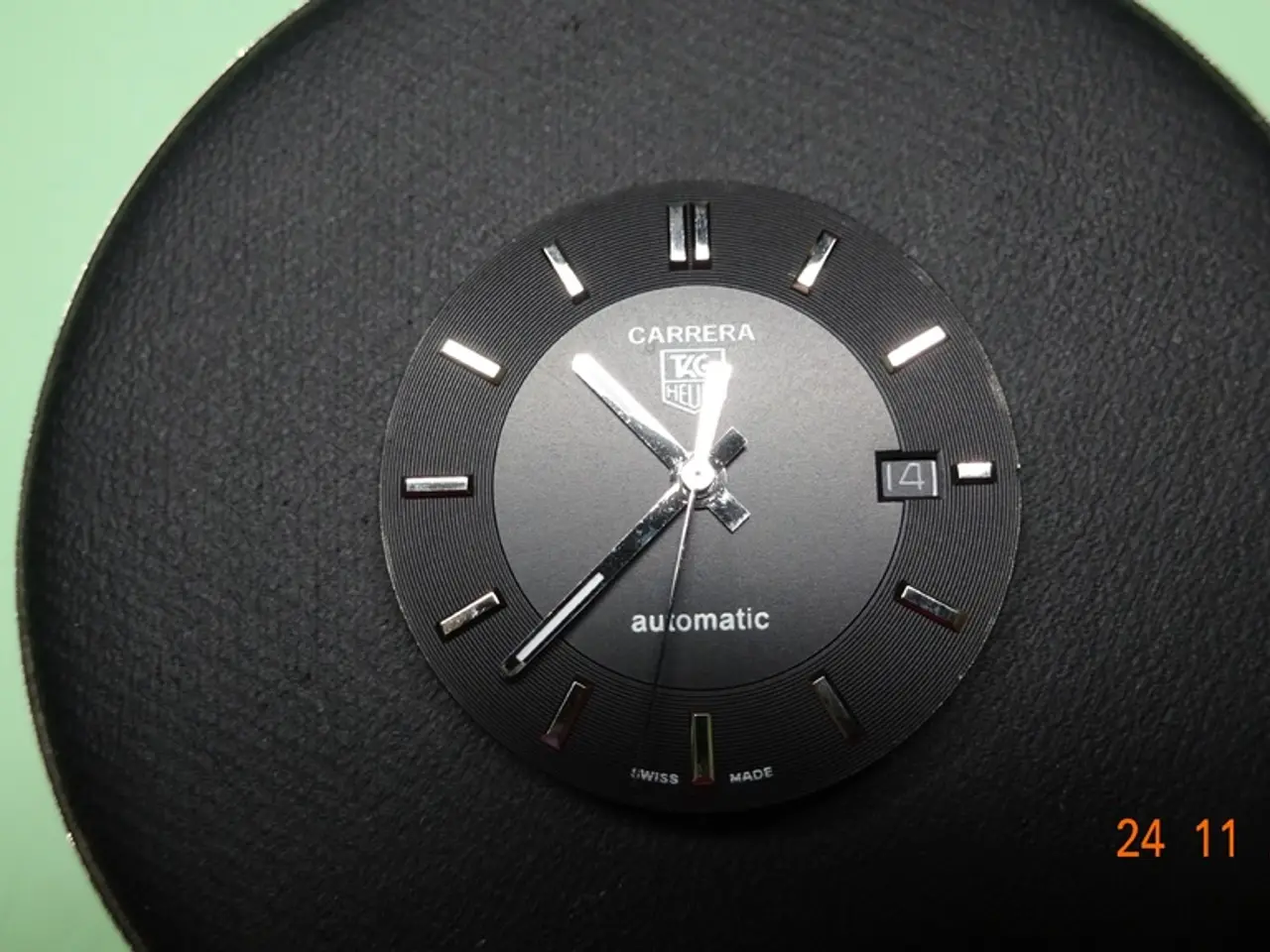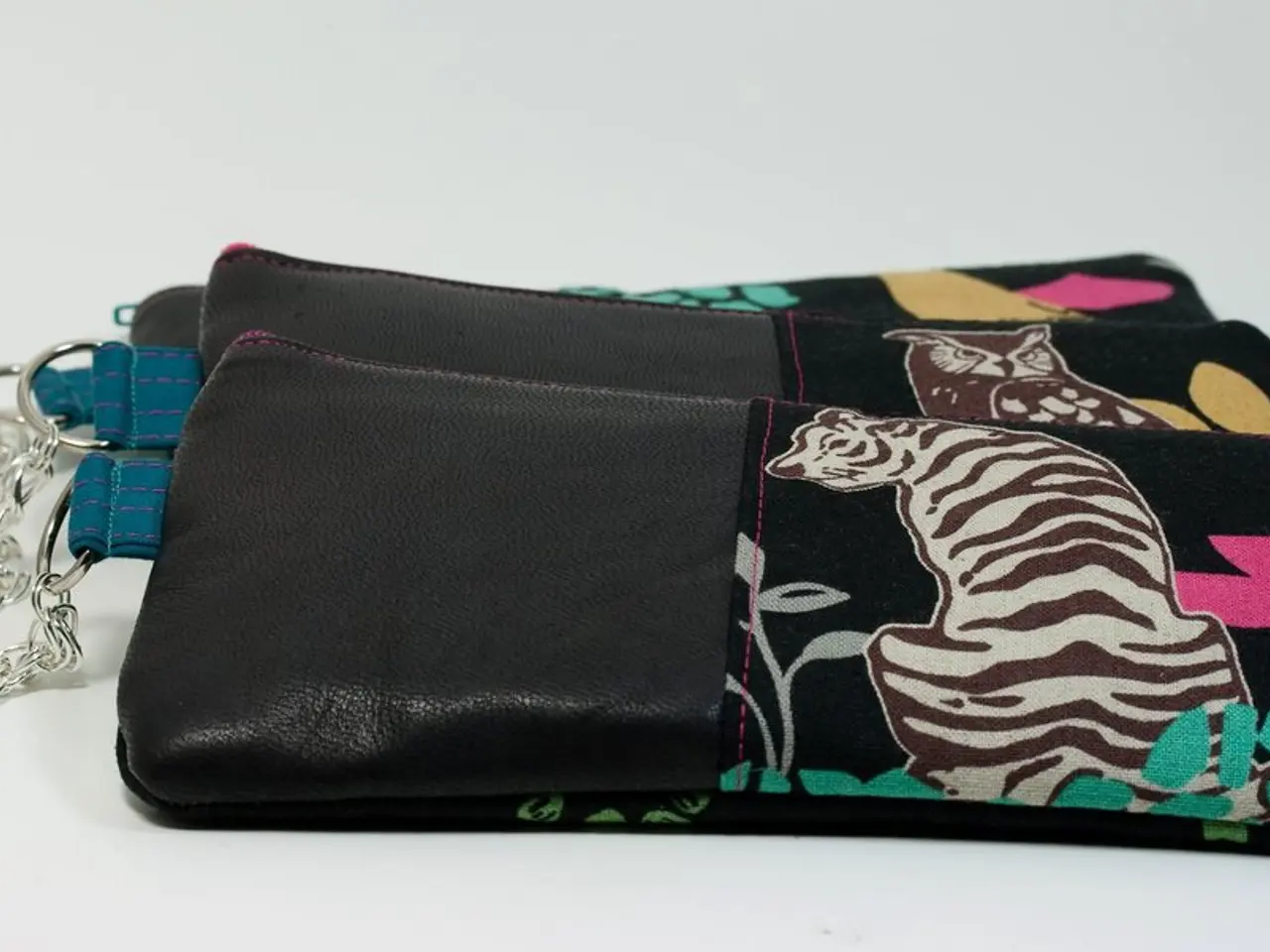Exploring Depths Hidden: The Role of Survivorship Bias in Perceptions of Ancient Timepieces (Antique Clocks)
In the world of horology, antique clocks are often revered for their craftsmanship and durability. However, a closer look reveals a more complex story shaped by survivorship bias.
Many antique clocks that have survived till today were not originally designed to be repaired, and their longevity can be attributed to planned obsolescence or subsequent repairs and improvements. This skews the perception that antique clocks were universally better built or more durable than modern clocks.
Survivorship bias, a thinking error where conclusions are drawn based on things that made it through a process while ignoring those that didn't, plays a significant role in this distorted view. The clocks we admire today are often those that have been repaired or carefully restored over many years, while the ones that didn't last, were poorly made, or deteriorated beyond repair, remain unseen.
This bias is not unique to antique clocks. It can be observed in other areas such as vintage cars or business success stories, where only the surviving or successful examples shape perception, ignoring widespread failures.
Collectors and enthusiasts might erroneously assume older clocks were built better due to seeing only these higher-quality survivors, not accounting for the ones that did not last. The value of a prized antique clock may not necessarily be due to its survival alone.
Understanding survivorship bias in horology reminds us to appreciate the clocks we have, as their survival does not necessarily make them valuable or rare. Each antique clock we wind today is just the tip of the horological iceberg.
During the late 1800s and early 1900s, companies like Ingraham, Sessions, and Waterbury were churning out affordable clocks for middle-class households, many of which were built to a price point, not to last generations. Many antique clocks from brands like New England Clock Company or Gilbert haven't stood the test of time, not necessarily because they were inferior, but because they were ordinary.
In some cases, their movements survived, salvaged as spare parts by a professional repairer or an enthusiast. However, the full picture tells a more nuanced story, as survivorship bias hides the absence of the many that failed early or were discarded.
Recognizing survivorship bias helps us avoid assuming that everything old is of high quality or value. It encourages us to remain open to discovering lesser-known makers or designs that weren't widely preserved. The many that failed early or were discarded quietly don't show up in our collections or on auction sites, leading us to assume they never existed or that these clocks were built to last forever.
In conclusion, antique clocks serve as a reminder of survival, not just of time. What we see of antique clocks is just a part of the larger horological picture. The full picture tells a more nuanced story, inviting us to appreciate the clocks we have, while acknowledging the many that didn't make it.
- Some antique clocks, such as grandfather clocks and wall clocks, have been claimed to be universally better built or more durable than modern clocks due to a bias that only considers the ones that have survived, overlooking those that failed or were discarded.
- Many affordable antique clocks manufactured by companies like Ingraham, Sessions, and Waterbury during the late 1800s and early 1900s were built to a price point and not intended to last generations, yet their movements may have survived as spare parts in some cases.
- Besides antique clocks, survivorship bias can also be observed in other areas like vintage cars or business success stories, created by the perception shaped by the surviving or successful examples, while ignoring widespread failures in those domains.
- Understanding survivorship bias in the field of horology calls for an appreciation of the antique clocks we have, acknowledging their survival does not make them inherently valuable or rare, and inviting us to explore lesser-known makers or designs that didn't make it through the test of time.




